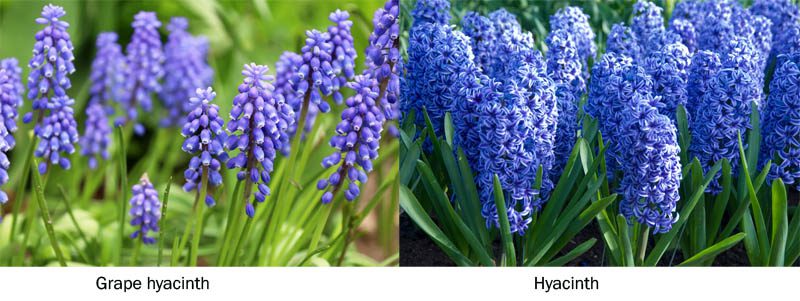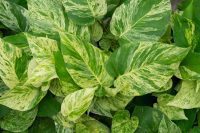Hyacinth is toxic to dogs, the toxic properties are insoluble calcium oxalate crystals that penetrate the delicate oral tissues causing intense pain and burning.
What is hyacinth?
| Family | Asparagaceae |
| Botanical name | Hyacinthus species |
| Common names | Dutch hyacinth, Garden hyacinth, Hyacinth, Wild hyacinth |
| Toxicity | Toxic to dogs |
| Toxic parts | All parts |
| Toxic principle | Insoluble calcium oxalate crystals |
| Severity | Mild to moderate |
Hyacinth is a bulbous, spring-blooming perennial native to Central and southern Turkey, northwestern Syria, and Lebanon. The highly scented star-shaped flowers grow on a tall spike in pink, white and blue. Most hyacinths are grown in pots and are one of the first signs of spring.
The name comes from the Greek name Hyakinthos, who was a beautiful Spartan prince and lover of the sun god Apollo. During a game, Apollo threw a discus which Hyakinthos chased, however, as it fell to the ground it struck and fatally wounded him. After he died, Apollo created a hyacinth from his spilled blood.
The grape hyacinth shares a common name, but is a different plant. Grape hyacinths are listed as non-toxic to dogs on the ASPCA site.

Toxicity
The toxic principles are insoluble calcium oxalate crystals known as raphides. When a dog chews any part of the plant, the raphides are ejected from the plant and embed in the tongue, gums and throat causing pain, burning and in some cases, swelling. If any plant matter is swallowed, it can cause gastrointestinal upset.
The bulb contains the highest concentration of insoluble calcium oxalate crystals and dogs may be exposed if they dig bulbs out of the ground, or if the dog has access to them prior to planting.
Clinical signs
Symptoms develop rapidly, which in most cases will cause the dog to stop chewing the plant. Clinical signs can look quite dramatic to pet owners, but in most cases, are self-limiting.
The most common symptoms include:
- Drooling
- Pawing at the mouth
- Hypersalivation
- Loss of appetite
- Swelling of the pharynx
- Difficulty breathing
- Abdominal pain
- Vomiting
- Increased heart rate
First aid
If it is safe to do so, carefully remove any remaining plant matter from the dog’s mouth and offer a drink of something tasty such as milk to rinse the mouth. Do not induce vomiting unless a veterinarian has instructed you to do so.
Contact your veterinarian or pet poison helpline for further advice. They may recommend a wait-and-see approach, which will mean you will observe the dog for 24-48 hours for the development of symptoms.
Treatment
There is no antidote to hyacinth toxicity and the goal of treatment is to manage clinical signs. If ingestion was recent, the veterinarian can induce vomiting to help remove plant matter from the GI tract. Intravenous fluids will be administered to prevent or treat dehydration and electrolyte imbalances. Antiemetics can be given to control vomiting.
Prognosis
Most dogs can be expected to have made a full recovery within 24 hours of exposure.
Julia is a writer and landscape consultant from Wollongong with a love of horticulture. She had been an avid gardener for over 30 years, collects rare variegated plants and is a home orchardist. Julia is passionate about learning and sharing her knowledge of plant propagation and plant toxicology. Whether it’s giving advice on landscape projects or sharing tips on growing, Julia enjoys helping people make their gardens flourish.




